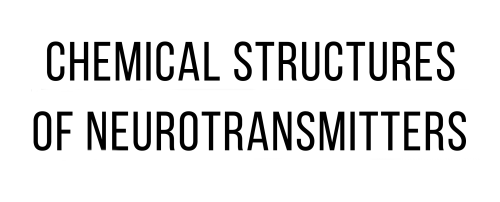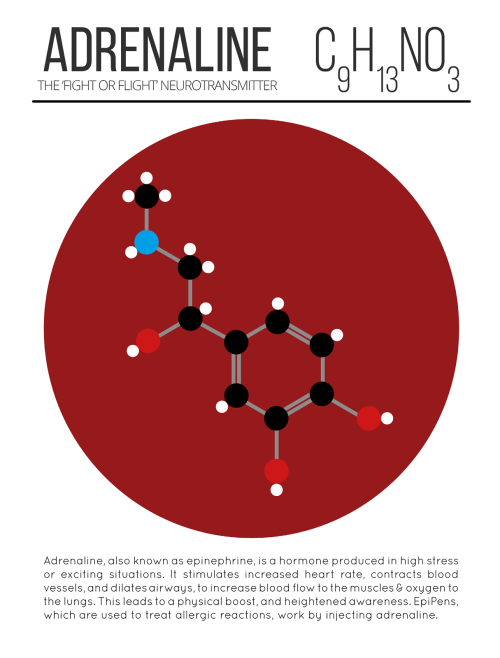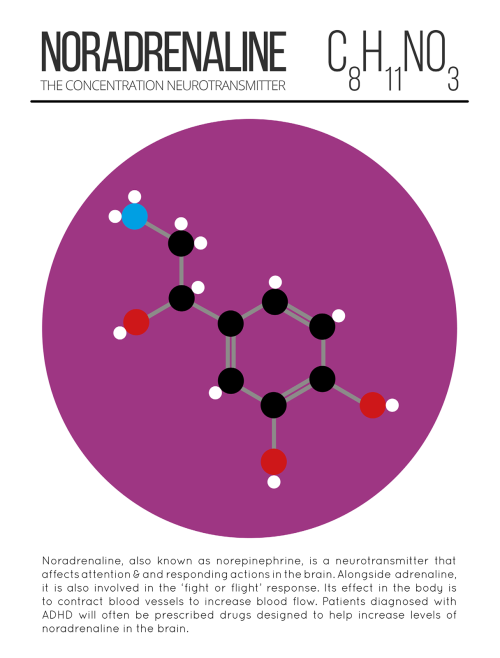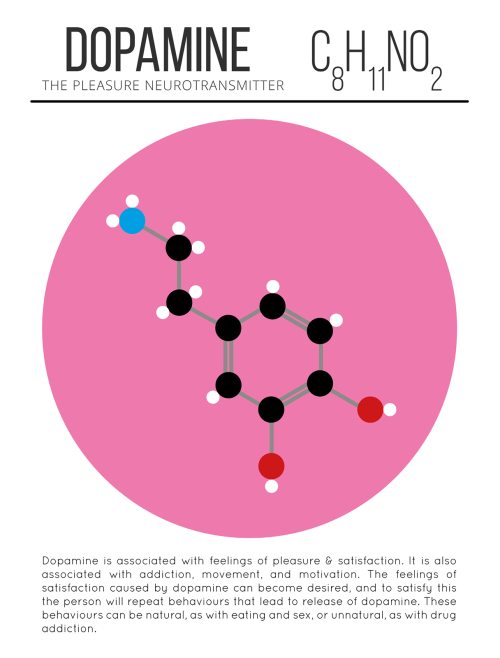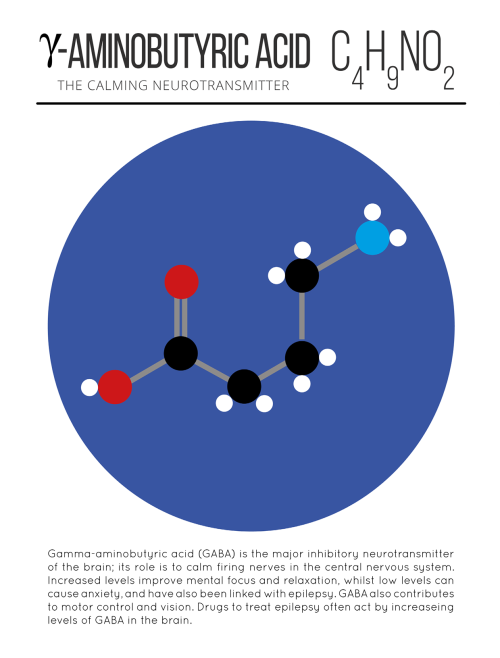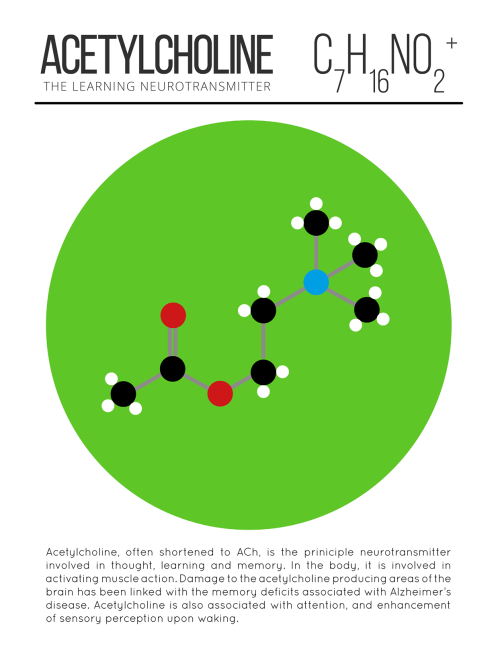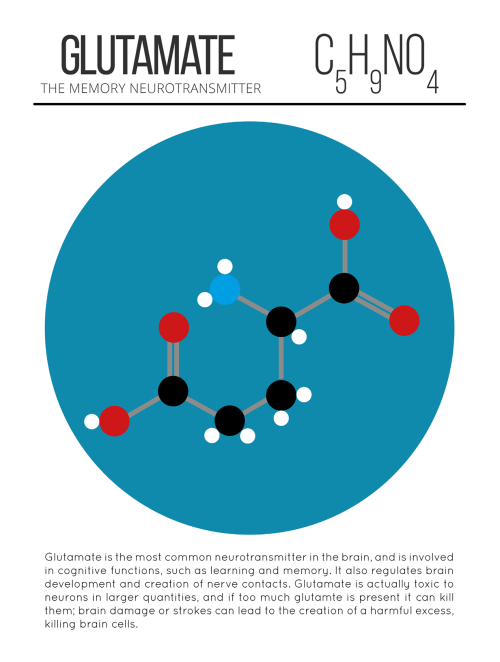If It Is Just Us, Seems Like An Awful Waste Of Space.
If it is just us, seems like an awful waste of space.
Carl Sagan (from Contact)

More Posts from Contradictiontonature and Others

Today is the Autumn Equinox in the northern hemisphere! What’s behind the changing colours of autumn leaves? http://wp.me/p4aPLT-sn
Dive deep into Episode 05 of #ShelfLife to discover the various technologies that have helped humans map the sky around us for eons.

From sundials to mega-powered modern telescopes, tools for stargazing allow us to understand the universe—and our place within it. Season 2 begins on November 1.


One of the largest icebergs ever recorded, packing about a trillion tons of ice or enough to fill up two Lake Eries, has just split off from Antarctica, in a much anticipated, though not celebrated, calving event.
A section of the Larsen C ice shelf with an area of 2,240 square miles (5,800 square kilometers) finally broke away some time between July 10 and today (July 12), scientists with the U.K.-based MIDAS Project, an Antarctic research group, reported today.
Continue Reading.

(Image caption: A new technique called magnified analysis of proteome (MAP), developed at MIT, allows researchers to peer at molecules within cells or take a wider view of the long-range connections between neurons. Credit: Courtesy of the researchers)
Imaging the brain at multiple size scales
MIT researchers have developed a new technique for imaging brain tissue at multiple scales, allowing them to peer at molecules within cells or take a wider view of the long-range connections between neurons.
This technique, known as magnified analysis of proteome (MAP), should help scientists in their ongoing efforts to chart the connectivity and functions of neurons in the human brain, says Kwanghun Chung, the Samuel A. Goldblith Assistant Professor in the Departments of Chemical Engineering and Brain and Cognitive Sciences, and a member of MIT’s Institute for Medical Engineering and Science (IMES) and Picower Institute for Learning and Memory.
“We use a chemical process to make the whole brain size-adjustable, while preserving pretty much everything. We preserve the proteome (the collection of proteins found in a biological sample), we preserve nanoscopic details, and we also preserve brain-wide connectivity,” says Chung, the senior author of a paper describing the method in the July 25 issue of Nature Biotechnology.
The researchers also showed that the technique is applicable to other organs such as the heart, lungs, liver, and kidneys.
The paper’s lead authors are postdoc Taeyun Ku, graduate student Justin Swaney, and visiting scholar Jeong-Yoon Park.
Multiscale imaging
The new MAP technique builds on a tissue transformation method known as CLARITY, which Chung developed as a postdoc at Stanford University. CLARITY preserves cells and molecules in brain tissue and makes them transparent so the molecules inside the cell can be imaged in 3-D. In the new study, Chung sought a way to image the brain at multiple scales, within the same tissue sample.
“There is no effective technology that allows you to obtain this multilevel detail, from brain region connectivity all the way down to subcellular details, plus molecular information,” he says.
To achieve that, the researchers developed a method to reversibly expand tissue samples in a way that preserves nearly all of the proteins within the cells. Those proteins can then be labeled with fluorescent molecules and imaged.
The technique relies on flooding the brain tissue with acrylamide polymers, which can form a dense gel. In this case, the gel is 10 times denser than the one used for the CLARITY technique, which gives the sample much more stability. This stability allows the researchers to denature and dissociate the proteins inside the cells without destroying the structural integrity of the tissue sample.
Before denaturing the proteins, the researchers attach them to the gel using formaldehyde, as Chung did in the CLARITY method. Once the proteins are attached and denatured, the gel expands the tissue sample to four or five times its original size.
“It is reversible and you can do it many times,” Chung says. “You can then use off-the-shelf molecular markers like antibodies to label and visualize the distribution of all these preserved biomolecules.”
There are hundreds of thousands of commercially available antibodies that can be used to fluorescently tag specific proteins. In this study, the researchers imaged neuronal structures such as axons and synapses by labeling proteins found in those structures, and they also labeled proteins that allow them to distinguish neurons from glial cells.
“We can use these antibodies to visualize any target structures or molecules,” Chung says. “We can visualize different neuron types and their projections to see their connectivity. We can also visualize signaling molecules or functionally important proteins.”
High resolution
Once the tissue is expanded, the researchers can use any of several common microscopes to obtain images with a resolution as high as 60 nanometers — much better than the usual 200 to 250-nanometer limit of light microscopes, which are constrained by the wavelength of visible light. The researchers also demonstrated that this approach works with relatively large tissue samples, up to 2 millimeters thick.
“This is, as far as I know, the first demonstration of super-resolution proteomic imaging of millimeter-scale samples,” Chung says.
“This is an exciting advance for brain mapping, a technique that reveals the molecular and connectional architecture of the brain with unprecedented detail,” says Sebastian Seung, a professor of computer science at the Princeton Neuroscience Institute, who was not involved in the research.
Currently, efforts to map the connections of the human brain rely on electron microscopy, but Chung and colleagues demonstrated that the higher-resolution MAP imaging technique can trace those connections more accurately.
Chung’s lab is now working on speeding up the imaging and the image processing, which is challenging because there is so much data generated from imaging the expanded tissue samples.
“It’s already easier than other techniques because the process is really simple and you can use off-the-shelf molecular markers, but we are trying to make it even simpler,” Chung says.

The Portuguese man o’ war delivers a powerful sting to its prey—and sometimes to people—through venom-filled structures on its tentacles. It is not a jellyfish, but rather a colony of different types of zooids (small animals). Jean Louis Coutant engraved the plate for this illustration.
Neuroscientists’ Study Sheds Light on How Words Are Represented in the Brain
Reading is a relatively modern and uniquely human skill. For this reason, visual word recognition has been a puzzle for neuroscientists because the neural systems responsible for reading could not have evolved for this purpose. “The existence of brain regions dedicated to reading has been fiercely debated for almost 200 years,” said Avniel Ghuman, an assistant professor in the University of Pittsburgh Department of Neurological Surgery. “Wernicke, Dejerine, and Charcot, among the most important and influential neurologists and neuroscientists of the 19th century, debated whether or not there was a visual center for words in the brain.”

In recent years, much of this debate has centered on the left mid-fusiform gyrus, which some call the visual word form area. A recent study by Pitt neuroscience researchers addresses this debate and sheds light on our understanding of the neurobiology of reading.
In a study published July 19 in the Proceedings of the National Academy of Sciences, Ghuman, Elizabeth Hirshorn of Pitt’s Learning Research and Development Center (LRDC), and colleagues from the Department of Psychology and Center for the Neural Basis of Cognition used direct neural recordings and brain stimulation to study the role of the visual word form area in reading in four epileptic patients. The patients chose surgical treatment for their drug-resistant epilepsy and volunteered to participate in the research study. As part of the surgical treatment, neurosurgeons implanted electrodes in the patients’ visual word form area, providing an unprecedented opportunity to understand how the brain recognizes printed words.
First, painless electrical brain stimulation was used through the electrodes to disrupt the normal functioning of the visual word form area, which adversely affected the patients’ ability to read words. One patient dramatically misperceived letters, and another felt that there were words and parts of words present that were not in what she was reading. Stimulation to this region did not disrupt their ability to name objects or faces. A brief video of the stimulation can be seen here.
In addition to stimulating through these electrodes, the activity from the area was recorded while the patients read words. Using techniques from machine learning to analyze the brain activity that evolved over a few hundred milliseconds from this region, the researchers could tell what word a patient was reading at a particular moment. This suggests that neural activity in the area codes knowledge about learned visual words that can be used to discriminate even words that are only one letter different from one another (for example, “hint” and “lint”).
“This study shows that the visual word form area is exquisitely tuned to the fine details of written words and that this area plays a critical role in refining the brain’s representation of what we are reading. The disrupted word and letter perception seen with stimulation provides direct evidence that the visual word form area plays a dedicated role in skilled reading,” said Hirshorn. “These results also have important implications for understanding and treating reading disorders. The activity in the visual word form area, along with its interactions with other brain areas involved in language processing, could be a marker for proficient reading. Having a better understanding of this neural system could be critical for diagnosing reading disorders and developing targeted therapies.”
“It is exciting that with modern brain-recording techniques and advanced analysis methods, we are finally able to start answering questions about the brain and the mind that people have asked for centuries and contribute to our understanding of reading disorders,” said Ghuman.
-
 learnorneverrealize1888000888 reblogged this · 4 months ago
learnorneverrealize1888000888 reblogged this · 4 months ago -
 hi-i-am-a-bibliophile liked this · 2 years ago
hi-i-am-a-bibliophile liked this · 2 years ago -
 john-erby liked this · 3 years ago
john-erby liked this · 3 years ago -
 wolandd liked this · 5 years ago
wolandd liked this · 5 years ago -
 siruonosphere reblogged this · 6 years ago
siruonosphere reblogged this · 6 years ago -
 iifarahii liked this · 6 years ago
iifarahii liked this · 6 years ago -
 gardensofwhimsy reblogged this · 7 years ago
gardensofwhimsy reblogged this · 7 years ago -
 prudentsang24-blog liked this · 7 years ago
prudentsang24-blog liked this · 7 years ago -
 tenaciousarcade reblogged this · 7 years ago
tenaciousarcade reblogged this · 7 years ago -
 mesaysthis reblogged this · 7 years ago
mesaysthis reblogged this · 7 years ago -
 mesaysthis liked this · 7 years ago
mesaysthis liked this · 7 years ago -
 jstanley3 liked this · 7 years ago
jstanley3 liked this · 7 years ago -
 kikusui liked this · 7 years ago
kikusui liked this · 7 years ago -
 tupeloshoney liked this · 7 years ago
tupeloshoney liked this · 7 years ago -
 age-of-wisdom-1111 liked this · 7 years ago
age-of-wisdom-1111 liked this · 7 years ago -
 every-quote reblogged this · 7 years ago
every-quote reblogged this · 7 years ago -
 nabtogo liked this · 7 years ago
nabtogo liked this · 7 years ago -
 jhuff26-blog liked this · 7 years ago
jhuff26-blog liked this · 7 years ago -
 stephenxtool-blog liked this · 7 years ago
stephenxtool-blog liked this · 7 years ago -
 the-space-in-between-the-stars reblogged this · 7 years ago
the-space-in-between-the-stars reblogged this · 7 years ago -
 fuckwhatyouthinkkk liked this · 7 years ago
fuckwhatyouthinkkk liked this · 7 years ago -
 coffeeedaze reblogged this · 7 years ago
coffeeedaze reblogged this · 7 years ago -
 no-soy-guichilobo reblogged this · 7 years ago
no-soy-guichilobo reblogged this · 7 years ago -
 chimerical-charisma liked this · 7 years ago
chimerical-charisma liked this · 7 years ago -
 rumordefuga liked this · 7 years ago
rumordefuga liked this · 7 years ago -
 hagakuremarco liked this · 7 years ago
hagakuremarco liked this · 7 years ago -
 crown-of-atlas reblogged this · 7 years ago
crown-of-atlas reblogged this · 7 years ago -
 moon-of-the-summerclan liked this · 7 years ago
moon-of-the-summerclan liked this · 7 years ago -
 israfel462 reblogged this · 7 years ago
israfel462 reblogged this · 7 years ago -
 israfel462 liked this · 7 years ago
israfel462 liked this · 7 years ago -
 ajtowler reblogged this · 7 years ago
ajtowler reblogged this · 7 years ago -
 ajtowler liked this · 7 years ago
ajtowler liked this · 7 years ago -
 midna2123 reblogged this · 7 years ago
midna2123 reblogged this · 7 years ago -
 midna2123 liked this · 7 years ago
midna2123 liked this · 7 years ago -
 daniellecoloma-blog reblogged this · 7 years ago
daniellecoloma-blog reblogged this · 7 years ago -
 daniellecoloma-blog liked this · 7 years ago
daniellecoloma-blog liked this · 7 years ago -
 yashaharkness reblogged this · 7 years ago
yashaharkness reblogged this · 7 years ago -
 yashaharkness liked this · 7 years ago
yashaharkness liked this · 7 years ago -
 goosebarnacle reblogged this · 7 years ago
goosebarnacle reblogged this · 7 years ago
A pharmacist and a little science sideblog. "Knowledge belongs to humanity, and is the torch which illuminates the world." - Louis Pasteur
215 posts

![WATCH: Incredible Fungi Timelapse From Planet Earth II [video]](https://64.media.tumblr.com/da995f5e13d64bab1262f9efd49d69f2/tumblr_oh2ci4oZoL1rte5gyo2_500.gif)
![WATCH: Incredible Fungi Timelapse From Planet Earth II [video]](https://64.media.tumblr.com/b511562c4c19db5ce249bf06e82aae53/tumblr_oh2ci4oZoL1rte5gyo1_r1_500.gif)
![WATCH: Incredible Fungi Timelapse From Planet Earth II [video]](https://64.media.tumblr.com/abc239b018423d75f925946061026028/tumblr_oh2ci4oZoL1rte5gyo4_500.gif)
![WATCH: Incredible Fungi Timelapse From Planet Earth II [video]](https://64.media.tumblr.com/6f861ea2c819adce87159946608aab7a/tumblr_oh2ci4oZoL1rte5gyo3_500.gif)
